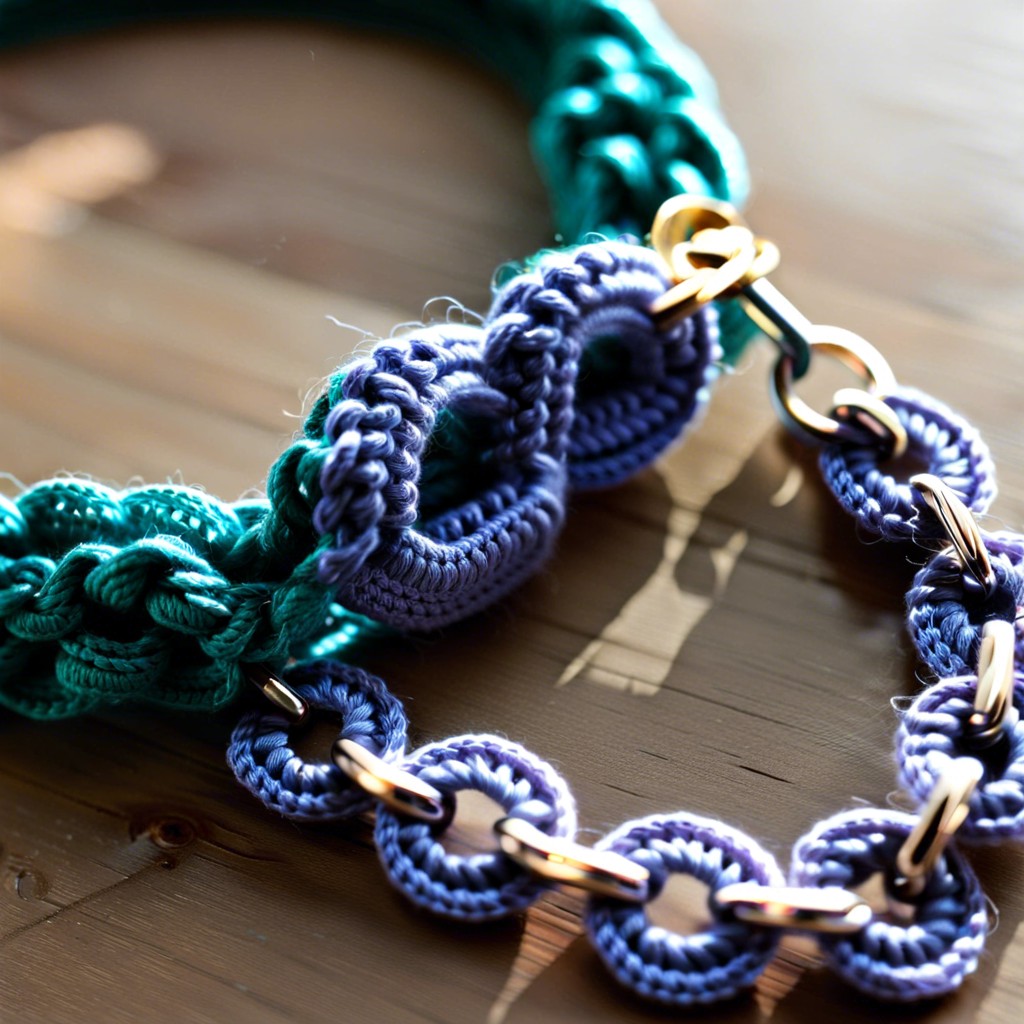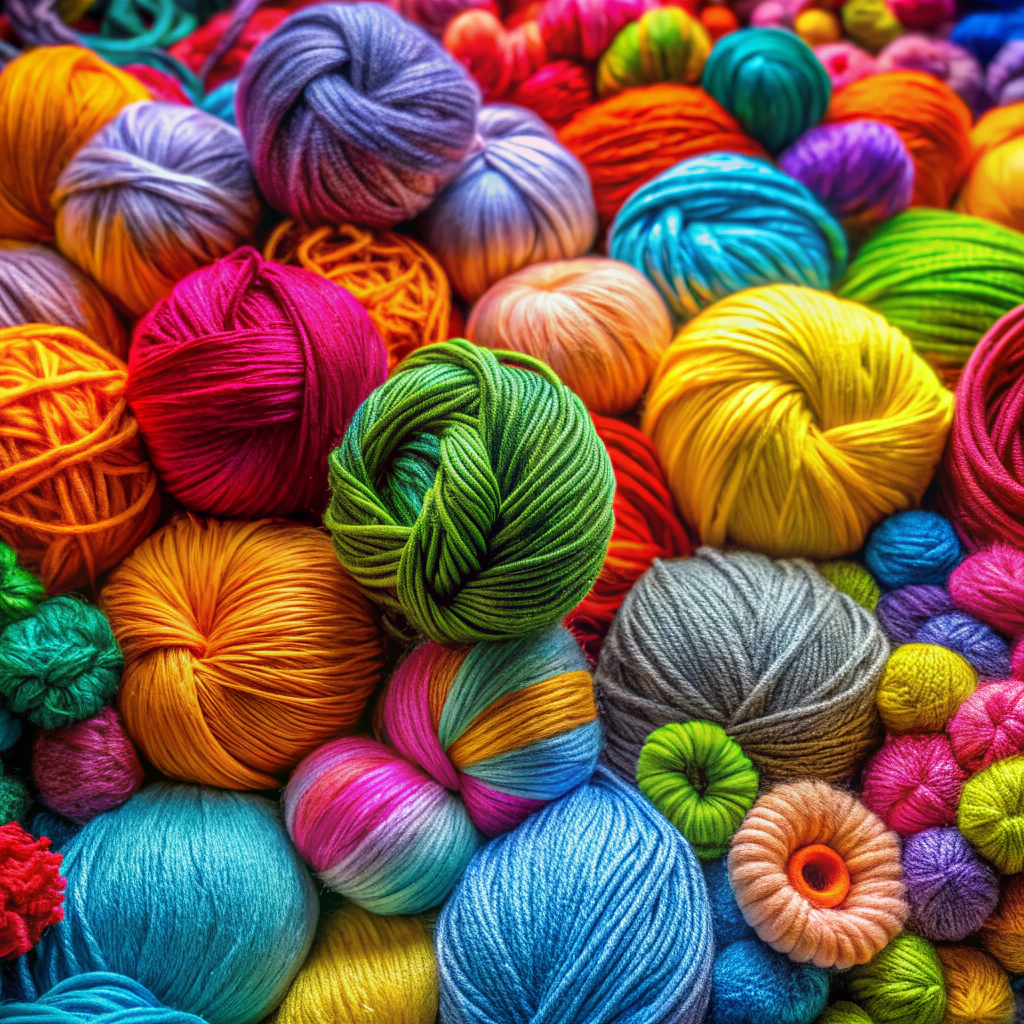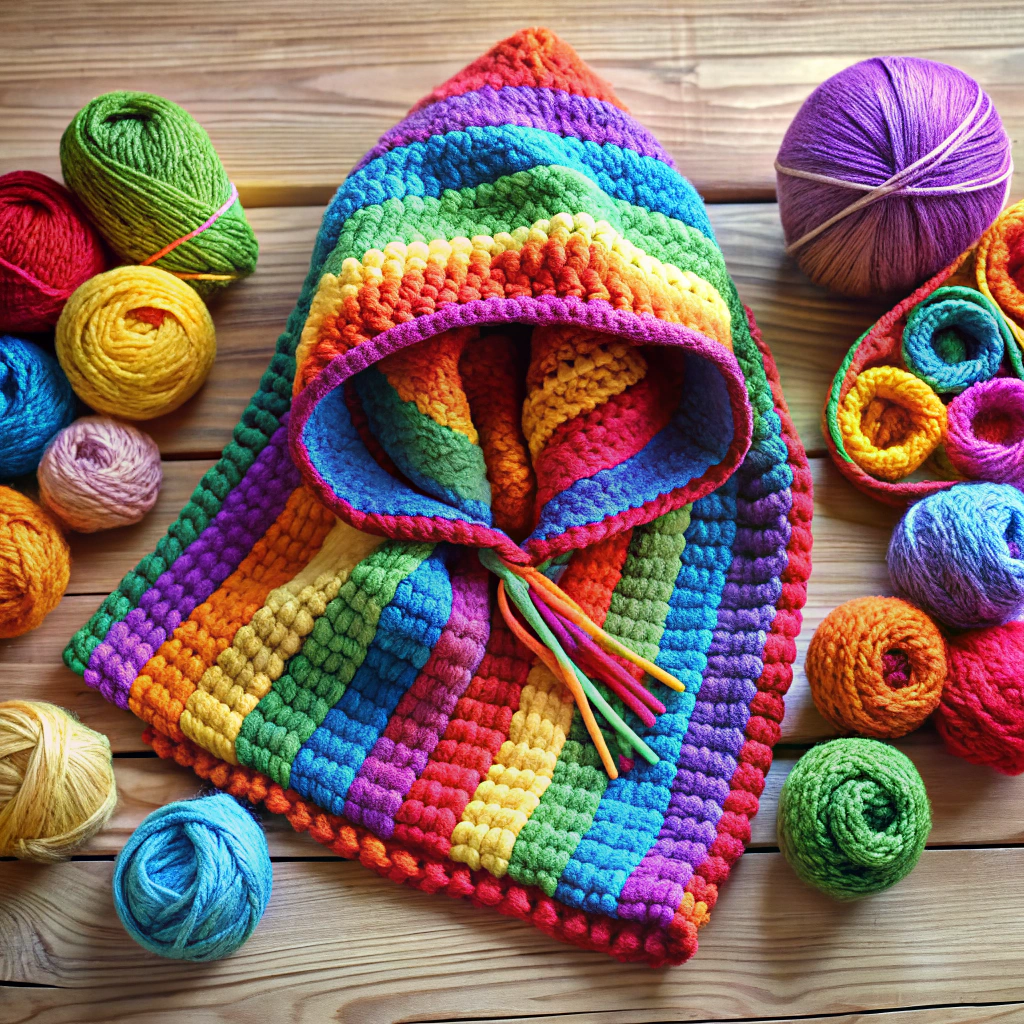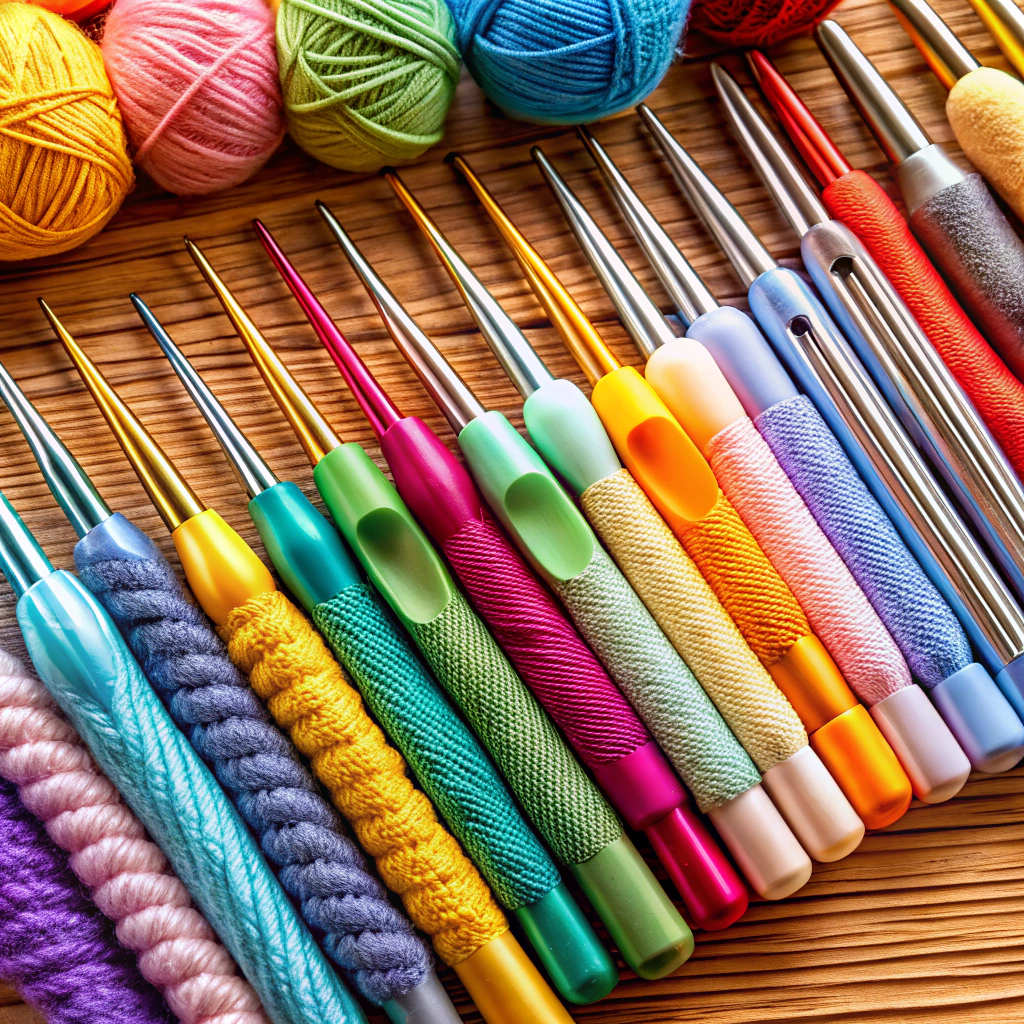Learn how to count chains in crochet so your projects stay on track and frustration-free.
Counting chains in crochet can feel like herding cats—overly complicated and surprisingly elusive. If you’ve ever squinted at your work, debating whether the loop on your hook is a blessing or a curse, you’re not alone. This guide demystifies the process by showing you how to identify that slippery first chain, navigate through front and back loops, and master foolproof counting techniques. By the end, you’ll sidestep common pitfalls and recount like a pro, making your crochet journey as smooth as your favorite yarn. Ready to untangle the mystery? Let’s get counting!
Key takeaways:
- Identify the first chain next to the slipknot.
- The loop on the hook does not count.
- Count front loops first for accuracy.
- Use stitch markers to avoid losing count.
- Always double-check your count for perfection.
Identify the First Chain

Look for the slipknot. It’s the first step in identifying the first chain. The slipknot is that initial loop you made when starting your project.
Your first chain is the one immediately next to the slipknot. Don’t count the slipknot itself, though. It’s like the bouncer outside the club; important, but not part of the main event.
Make sure you’re not counting the loop on the hook, either. That loop is the rebel teenager of the crochet world. It doesn’t follow the chain rules.
Done correctly, after the slipknot, you’ll see a series of little “V’s.” Each of those V’s represents a chain. Identifying that first V sets you on the right path. Simple enough, right? Happy chain counting!
Determine If the Loop On the Hook Counts
The loop on your hook does not count as a chain. It’s just hanging out, minding its own business. Focus on the chains that you can actually see and feel below the hook.
Picture this: You’re holding a stack of donuts, and the one in your hand isn’t part of the stack on the table. Same rule applies here. Look at the chains that form after this initial loop.
Keep that loop on the hook for actual crocheting. But for counting purposes? Just pretend it’s invisible.
Now that it’s clear, move on to the real stars of the show: the chains forming beneath that first loop.
Locate the Front and Back Loops
Front loops and back loops are like the Batman and Robin of crochet chains.
The front loop is the one closest to you. It’s ready for its close-up. The back loop is the one hiding behind, playing hard to get.
When counting, always start with the front loop. This keeps things simple and helps you spot any sneaky, forgotten chains.
If you flip the chain over, you’ll see a row of little bumps. Those are the back loops.
Remember: front loops in front, back loops in back. Stick to this rule and your counting will be superhero-accurate.
Select a Counting Method
There are a couple of counting methods, and it’s all about finding what works for you. Some people prefer counting aloud, which can be surprisingly satisfying. Others mark every tenth chain with a small stitch marker or safety pin.
You could also try the tally mark approach. Use a scrap piece of paper and jot down a tick for every ten chains. Less chance of losing count that way, and it feels like a mini victory each time you reach another ten.
For the tech-savvy crocheters, there are even apps to keep track of your chains. Yes, there’s an app for that too!
Count the Chains Step-by-step
Start by holding your crochet work as comfortably as you can. Remember, you’re not taming a wild beast, just some yarn. Look closely at the chain stitches. They look like tiny little Vs all lined up in a row.
Here’s the fun part: count each V as one chain. It’s a bit like counting sheep but much quieter and no woolly jumpers. With your hook in hand, move from one stitch to the next, slowly. One V, two Vs, three Vs, and so on.
If you lose track, don’t panic. It’s not a race, and there are no crochet police. Just start over gently. For those who like order, using a stitch marker every ten stitches can be a lifesaver. Or at least a sanity saver.
Consider the Turning Chain
Beware the turning chain! It’s that sneaky little extra chain (or chains) you add at the end of a row before you turn your work to start the next one. Here’s how to handle it without pulling your hair out:
First, know its purpose. The turning chain gives height to your next row. Without it, your project would end up a little lopsided—a wonky crochet skyline.
The number of chains you need depends on the stitch. Single crochet usually needs just one turning chain. Double crochet? You’ll need two chains. Absolutely wild for a taller stitch like treble crochet? Yep, that can require up to three chains.
Don’t crochet into the turning chain, unless a pattern tells you otherwise. It’s mostly just there for height, not for poking your hook into.
Miscounting a turning chain can mess up the stitch count for the row. So always keep an eye on it and remember: it counts in height, not in your main stitch count!
Recount to Confirm Accuracy
It’s always smart to double-check. A quick recount can save stress later. Here’s how:
First, ensure you’re in good lighting. Shadows can play tricks on those stitches!
Next, count out loud. Yeah, you might sound a little loopy, but it’s worth it.
Use stitch markers after every ten chains. They’re like little cheerleaders keeping you on track.
Got interrupted? No problem. Just start from the last stitch marker.
If in doubt, pull out! It’s better to rewind a few chains than mess up your masterpiece.
Happy recounting!
Learn Common Pitfalls
One common hiccup is miscounting the first chain. That initial loop on your hook? Don’t include it in the count. Another trap is missing the sneaky chains hiding at the back of your work. To avoid these elusive creatures, always check both the front and back loops as you count.
Also, keep an eye out for tight chains. They can cramp your style and throw off your count. If you tend to crochet tightly, consider using a slightly larger hook to make your chains more visible. No shame in a bigger hook, right?
Lastly, don’t get distracted. TV and snacks can wait. Focus on your counting, and your crochet project will thank you. Remember, recounting is better than frogging!
Correct Mistakes in the Count
Whoopsie daisy! Miscounting chains happens to the best of us. No sweat.
First, compare your chains to the instructions. Does something look fishy? Maybe you’ve crocheted an extra chain or two. If your project looks stretched or squished, it’s time to recount.
Mistake found? Grab your hook and gently pull out the extra chains. Holding your yarn lightly helps here, to avoid tangles. If you’re short on chains, simply add more. Chain away until you match the pattern.
Still puzzled? Check each chain loop again, making sure you didn’t miss one hiding in plain sight. Sometimes chains love to play hide and seek.
What if your chain looks twisted? Simply unravel and start over, letting out a small sigh of defeat, followed by a triumphant “I’ve got this!”
Just remember, even the pros miscount every now and then. Fix it, and crochet on, superhero!




